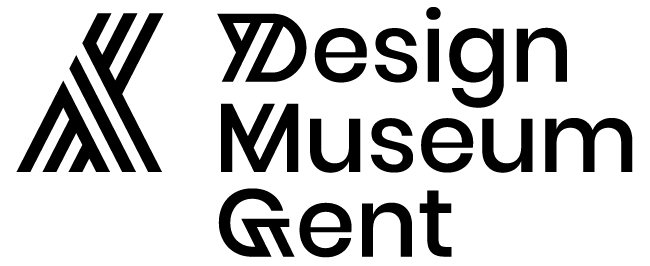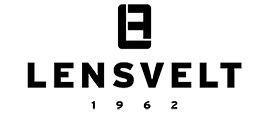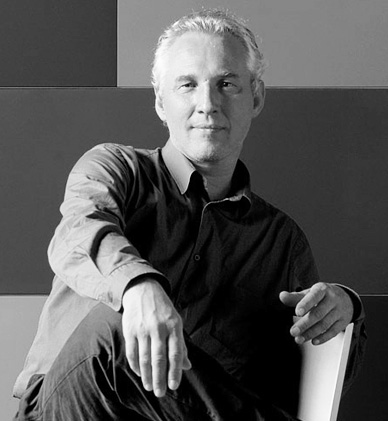
2015 marks the tenth anniversary of Maarten Van Severen’s death, which is why The Maarten Van Severen Foundation and the Department of Design of KASK / School of Arts Ghent have decided to establish a chair with the aim of conveying the relevance and significance of the designer’s work for today’s designers. Every year a leading designer, whose work has an affinity with the work of Maarten Van Severen, will give two lectures and a masterclass. He or she will reflect on the common ground between their work and that of Maarten van Severen and on the qualities of his work in light of the current design culture.


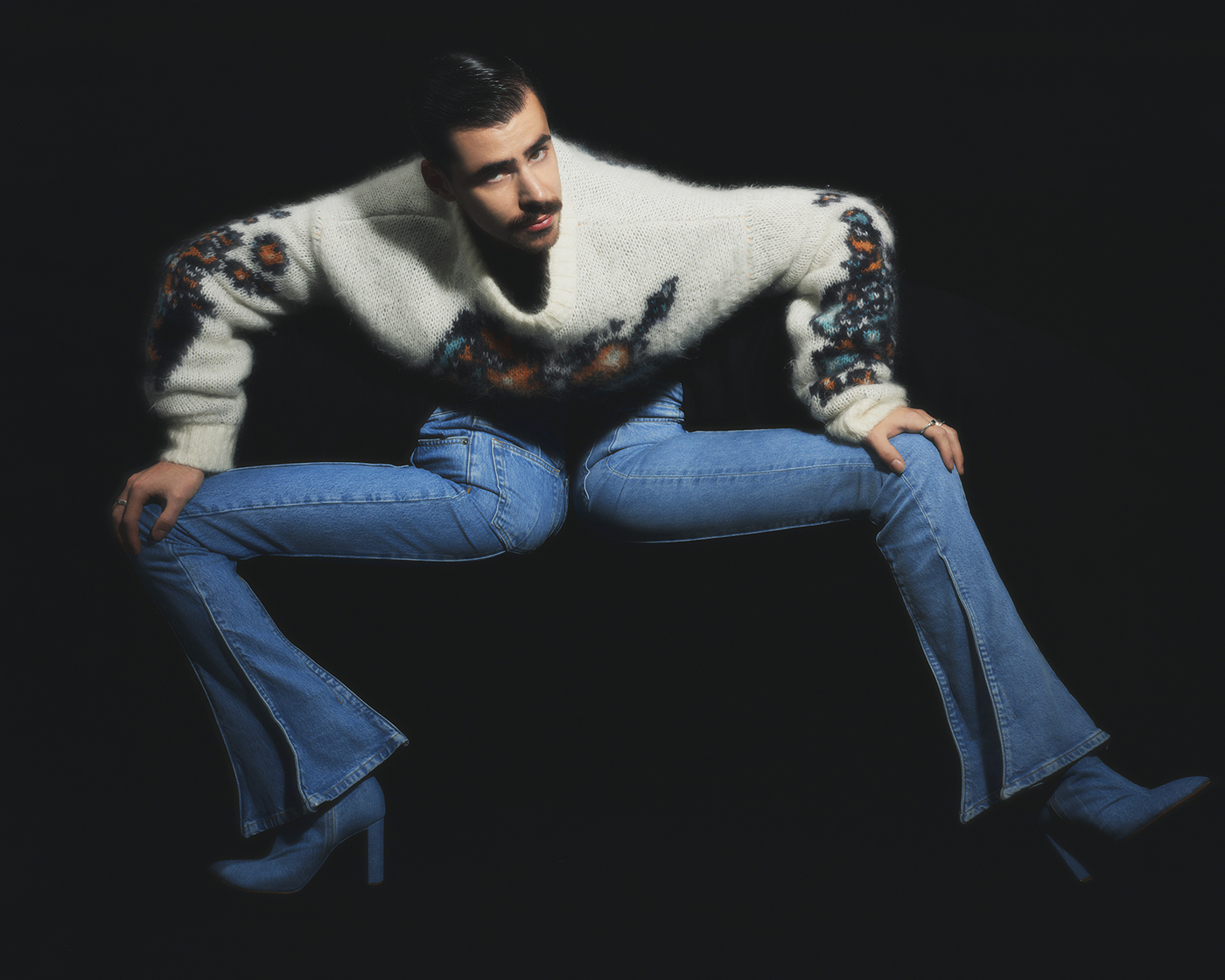
Glenn Martens will host a masterclass for design students at KASK. If you or your school wish to take part, please contact eva.vanregenmortel@gent.be.
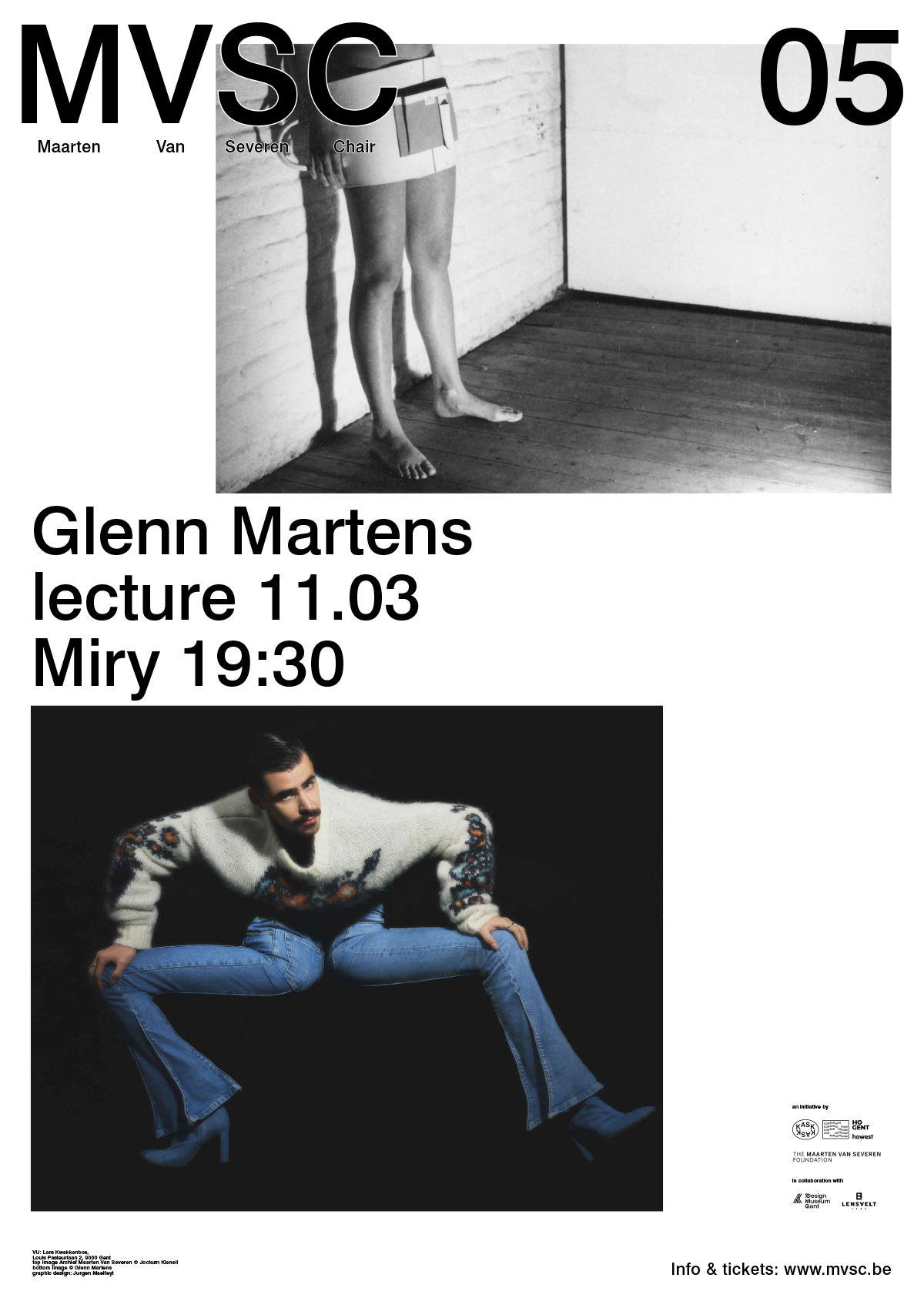
English spoken
Tickets 7 euro / 5 euro (student)
via ticketsgent.be
Glenn Martens studied fashion at the The Royal Academy of Fine Arts in Antwerp. In 2008, during his final year show at the academy, he was recruited to join the team of Jean-Paul Gaultier. In 2013 he took over the creative direction of the Parisian brand Y/PROJECT. In June 2017, Y/PROJECT won the esteemed ANDAM Grand Prize, one of the most respected recognitions in fashion worldwide. In September 2017, Glenn Martens was selected as one of the Business of Fashion’s 500 people shaping fashion globally today.
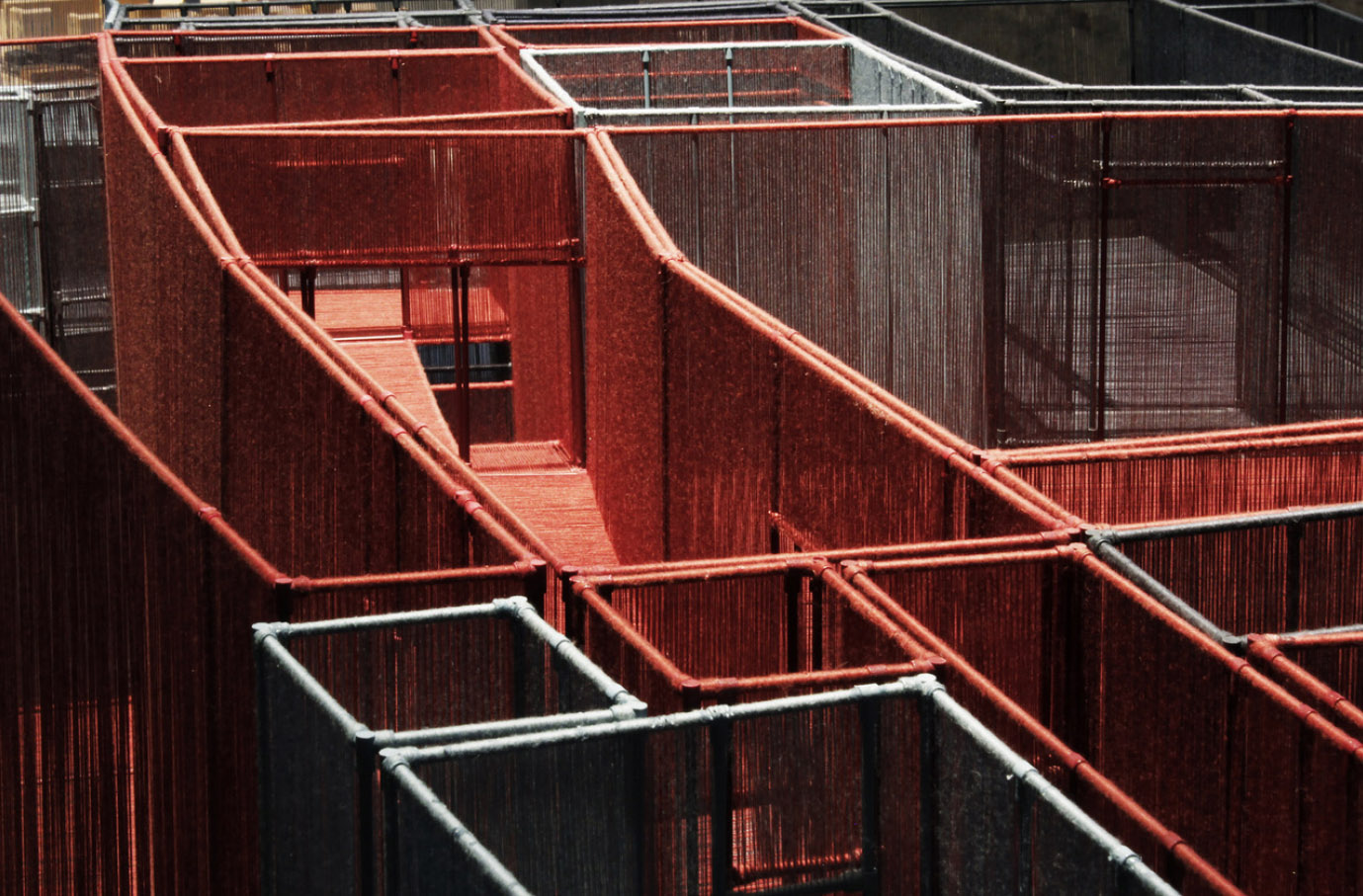
Francesca Torzo will teach a masterclass from 5 till 7 March on the Bijloke Campus. The participating students have been selected from five European art schools: Aalto University, Berlin University of the Arts, ENSAV La Cambre, Design Academy Eindhoven, Royal College of Art, London.
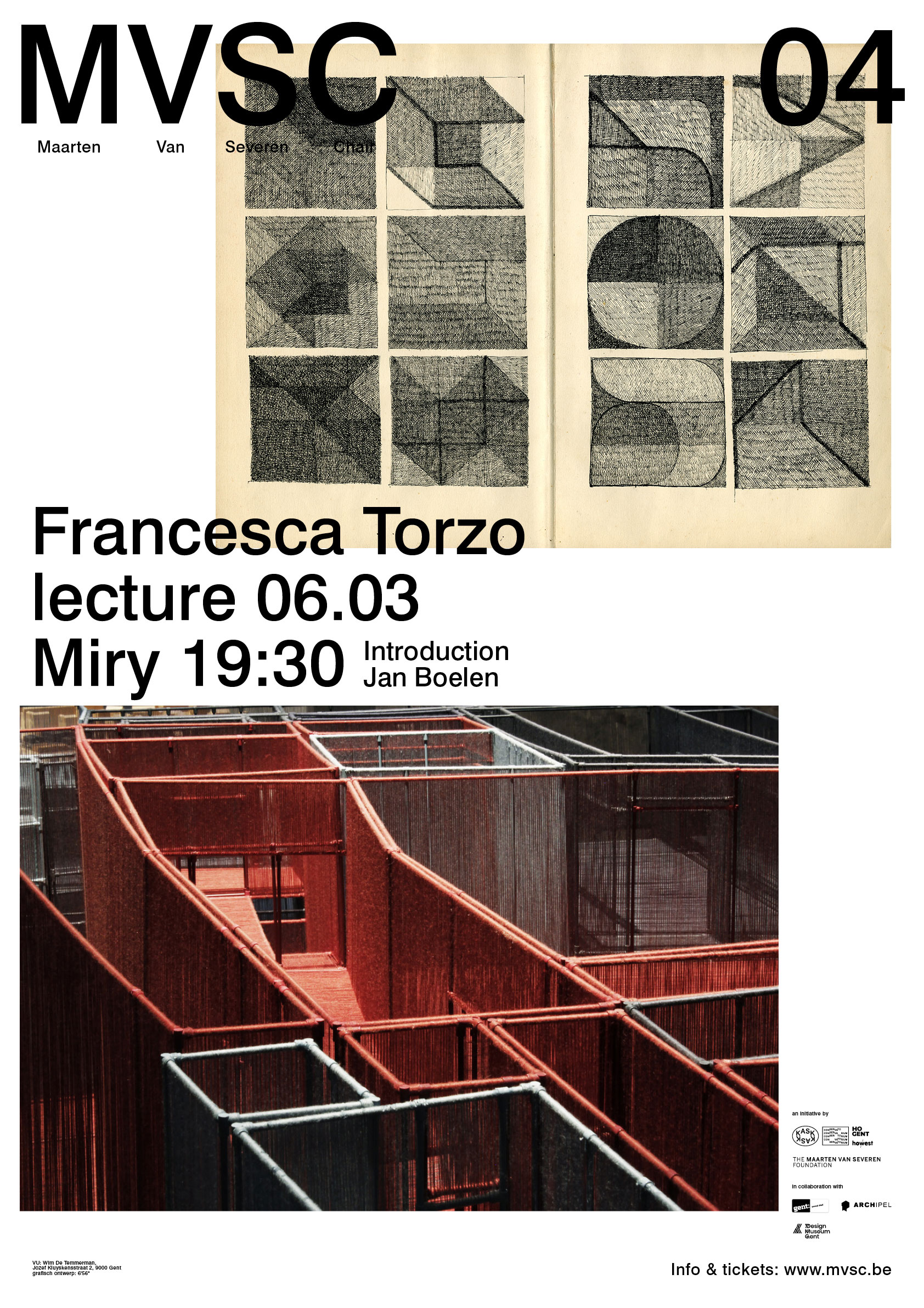
Tickets 7 euro / 5 euro (students)
English spoken
Francesca Torzo (1975) is an Italian architect-maker; an architect who creates architecture in a sensory way. She studied architecture in Delft, Barcelona, Mendrisio and Venice [IUAV]. She worked for architect Peter Zumthor and Bosshard Vaquerarchitekten, Zurich. In 2008 she started her own architectural practice in Genoa. She designed and built – to name a Belgian project – the recent expansion and renovation of Z33 in Hasselt.
Introduction by Jan Boelen (Z33).
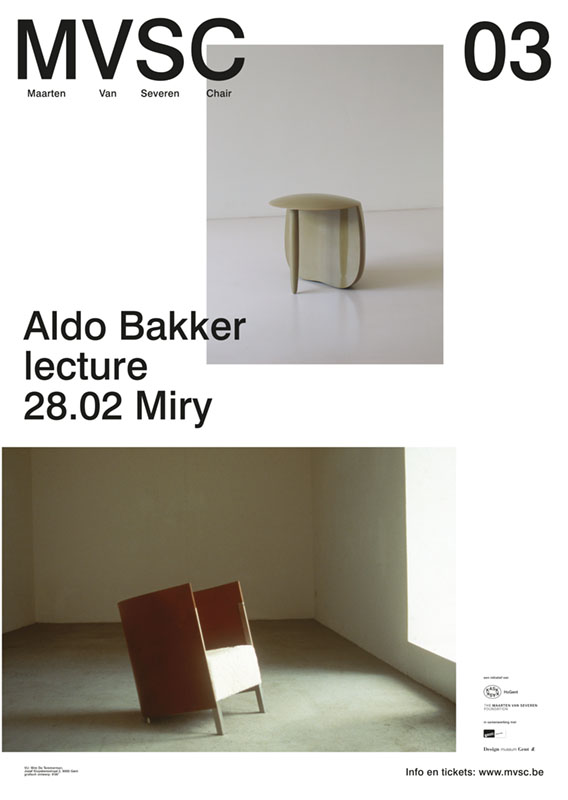
Tickets 7 / 5 (students) euro
English spoken
“What keeps driving me back to Maarten’s designs is his dedication to purity, which I greet with the greatest admiration and some moments of doubt. Ever since I first saw his works exhibited in Amsterdam in the late nineties I feel a kinship with his treatment of the object. My earliest attempts at making furniture mused on the same orthogonal shapes that made Maarten’s work iconic. As I progressed towards a more organic vocabulary our formal languages may have grown apart, but in essence we explore the same thing: how materials can be forced to answer demands beyond their natural properties. During the lecture, I will further examine the following topics: Archetypes, New forms, Humour, Sensuality, Silence, Performance.”
—Aldo Bakker
Each chair edition is accompanied by a booklet published by Art Paper Editions (19 euro). The first edition, by Erwan Bouroullec, is for sale at www.artpapereditions.org. The second edition, by Alfredo Haeberli, will be launched on 28 february 2018 at 18:00 at Design museum Gent. From then on it will be accesible in the webshop as well.
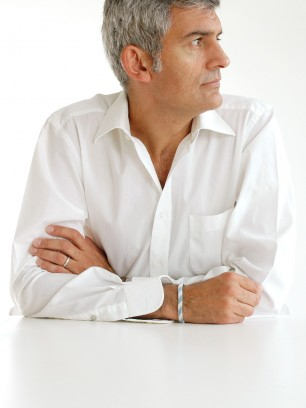
Alfredo Häberli will host a three day masterclass for design students of KASK/School of Arts Ghent, ENSAV – La Cambre, Design Academy Eindhoven, Aalto University and Universität der Künste Berlin. The Master Class will take place at KASK in Ghent. If you or your school wish(es) to participate, please contact eva.vanregenmortel@gent.be.
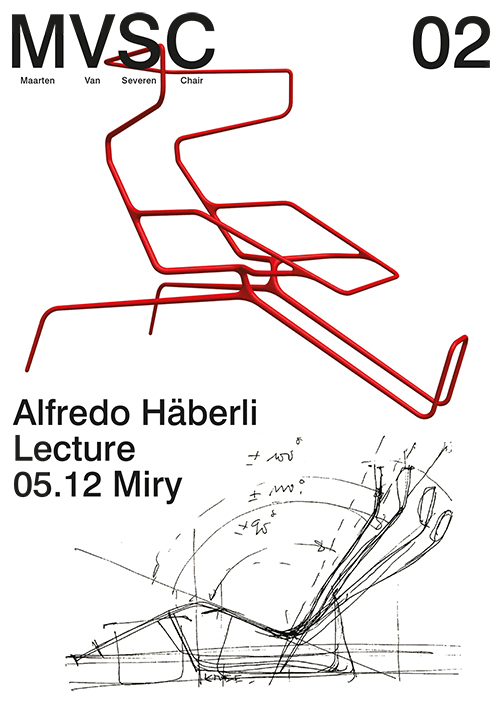
Alfredo Häberli was born in Buenos Aires, Argentina, in 1964. He moved to Switzerland in 1977 and graduated in 1991 with distinction in Industrial Design at the Höhere Schule für Gestaltung in Zurich. Today, he is an internationally established designer based in Zurich and working for some of the leading companies of the international design industry such as Alias, BD Barcelona, BMW, Camper, FSB, Georg Jensen, Iittala, Kvadrat, Luceplan, Moroso, Schiffini and Vitra. He manages to unite tradition with innovation, joy and energy in his designs and his work is strongly influenced by his early childhood in Argentina as well as his curiousness and studies in everyday life. The results are works with a strong expression and emotionality. In his lecture Alfredo Häberli will reflect on his own work as well as on the common ground between his work and that of Maarten van Severen.
Tickets: 7 / 5 (students) euro
Reserve tickets here, pay at the entrance
MIRY Concertzaal, Biezekapelstraat, Ghent, Belgium.
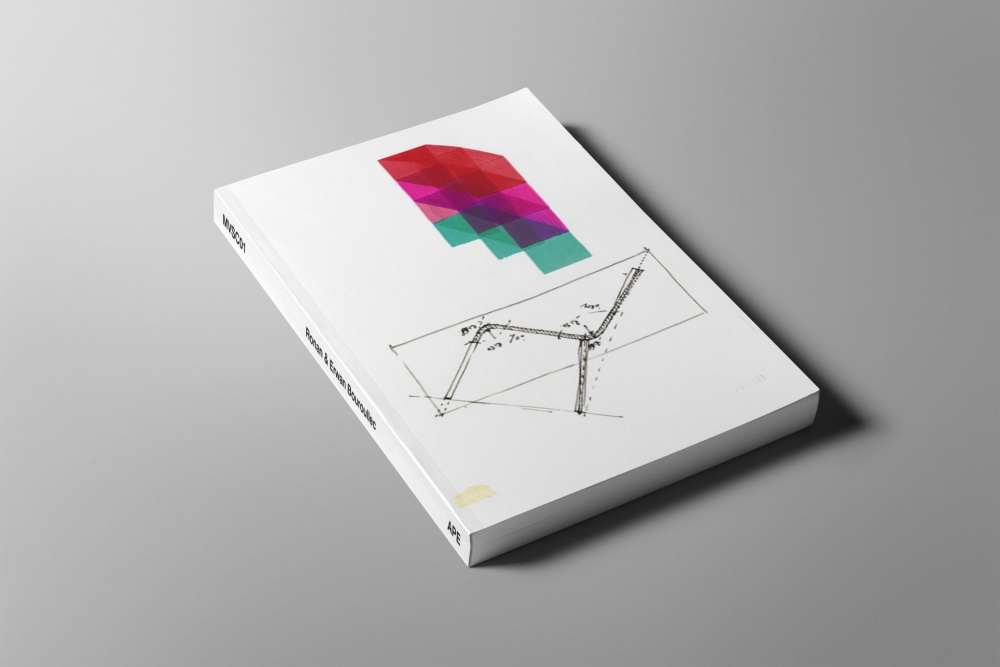
Erwan Bouroullec gave the first MVSC lectures for more than 700 attendants and the following week he guided 15 students from 5 different art schools into the wild, -the title of his workshop.
Because the essence of the workshop was rather the process than any kind of final product, Erwan and his birds, -that is the name he gave his students-, decided to continue the workshop until the summer. On regular moments they uploaded images of their process, on the MVSC blog. The result is a fascinated collection of things, created out of the wild, which we proudly present as the first MVSC Cahier and Exhibition at the Biennale Interieur 2016
The cahier is designed by Studio Jurgen Maelfeyt and published with Art Paper Editions. It is of limited edition and will be on sale at the stand of MVSC at the Biennale Interieur 2016. It will be launched there officially in the presence of Erwan Bouroullec on friday 21 october at 18:00. Pre-orders can be placed online at goo.gl/qUjiYI.
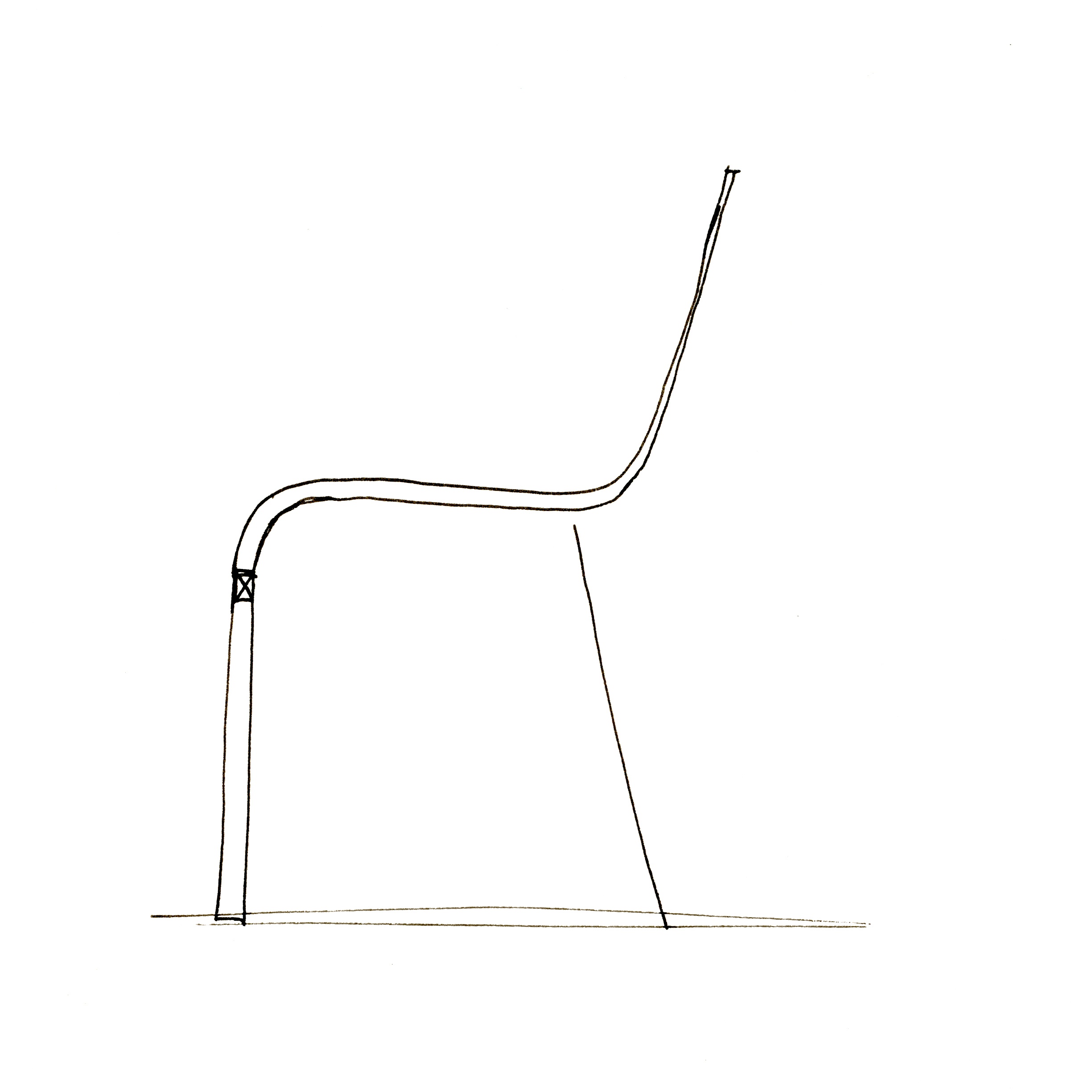
The new contemporary design display at the Ghent Design Museum makes clear what designing meant to Maarten Van Severen (1956-2005). Across generations and nationalities, the presentation relates his designs with the work of others: designers, architects and artists whose oeuvres inspired him or reveal a kinship. It illuminates aspects of design that are still relevant to today’s designers.
Maarten Van Severen was not a desktop designer who left the realization of his ideas to others. He was a ‘maker’, in touch with the particularities and possibilities of different materials, who investigated the ‘makeability’ of things through trial and error. His crystallized formal idiom was closely connected to his faultless sense of proportions, e.g. in determining the thickness of a shelf. Also unmistakeable, specifically in terms of spatial impact and choice of materials, is his affinity with minimal art. ‘My work is situated in between the usable piece of furniture and the unusable object,’ Van Severen claimed. His furniture were ‘mental objects’, realizations of images in his head. Unsurprisingly then, Maarten Van Severen was fascinated by the most diverse topics from various cultures, places and times: objects, types of furniture, materials, tools, human posture, light, patterns, textures. The many photos from his archives and the books and souvenirs on display in the exhibition reveal the wealth of the sources at his fingertips.
The exhibition is designed as a changing presentation that allows for new topics in the coming years. The scenography was designed by Robbrecht and Daem architects.
Open tuesday to sunday, 10:00 – 18:00, closed on mondays
Tickets 10 / 8 / 2 / 0
More info: https://stad.gent/design-museum-gent-en
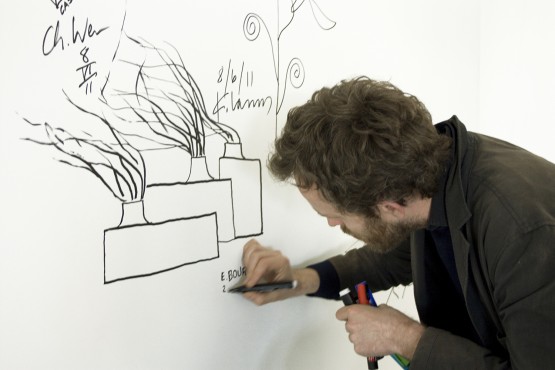
In the Cirque auditorium on the Bijloke campus, Erwan Bouroullec and a smaller group of participants take a closer look at some aspects of the Bouroullecs’ work. Referring to the Van Severen archives that are kept in the Zwarte Doos (Municipal Archives of Ghent), he shows how their work is related to Maarten Van Severen’s, with a focus on the experimental use of materials. This second lecture is the start of a three-day masterclass for a group of student duos from Aalto University, Universität der Künste Berlin, ENSAV – La Cambre, KASK / School of Arts Gent and Design Academy Eindhoven.
7 / 5 (students)

The Bouroullecs have been working as designers since the late Nineties. Like Maarten Van Severen they have a long-standing partnership with the Swiss furniture manufacturer Vitra, resulting in such designs as the Joyn office system (2002), the Alcove Sofa (2007) and the Vegetal Chair (2009). Despite the generation gap their work undeniably has elements in common with that of Maarten Van Severen, not in the least because of the directness of their formal language but also for example because of their fondness for “nomadic” furniture (in the sense of movable furniture as a defining characteristic of a space), their preference for modular systems or their affinity with industrial and artisanal production processes. During this lecture, Erwan Bouroullec will speak about the Bouroullecs own work.
7 / 5 (students)
The Royal Academy of Fine Arts (KASK) and the Royal Conservatory constitute the School of Arts of University College Ghent. The mission statement of the school defines its main tasks: development of the arts, education and research in an international perspective. The school offers bachelor’s and master’s degrees in the fields of visual and audiovisual arts, design, music and drama. The varied range of artistic makes for reciprocally inspiring and relatively open training programs. The KASK & Conservatory campuses are located at the epicenter of Ghent.
The Maarten Van Severen Foundation was established in 2009 by family and friends of designer Maarten Van Severen (1956-2005). Following his wish shortly before his death, the Foundation manages his artistic legacy. It operates from Ghent, where the Maarten Van Severen oeuvre largely came into being.
As a unique design museum in Belgium the Design museum Gent wants to be an international meeting place for amateurs, researchers, designers and producers of modern and contemporary design (from 1860 to the present). The museum holds a singular collection that it develops into a unique whole. The collection forms the basis for the internationally focused exhibition programme that thematically investigates recent developments and historical evolutions.
Lensvelt is producer of a substantial part of the collection of the Flemish designer Maarten Van Severen (1956 – 2005). His pieces are renowned and appreciated all over the world because of their unique materials, quality and finish. Van Severen was a personal friend of Hans Lensvelt.
Each chair edition will be accompanied by a booklet published by Art Paper Editions. Order online at artpapereditions.org










Erwan Bouroullec

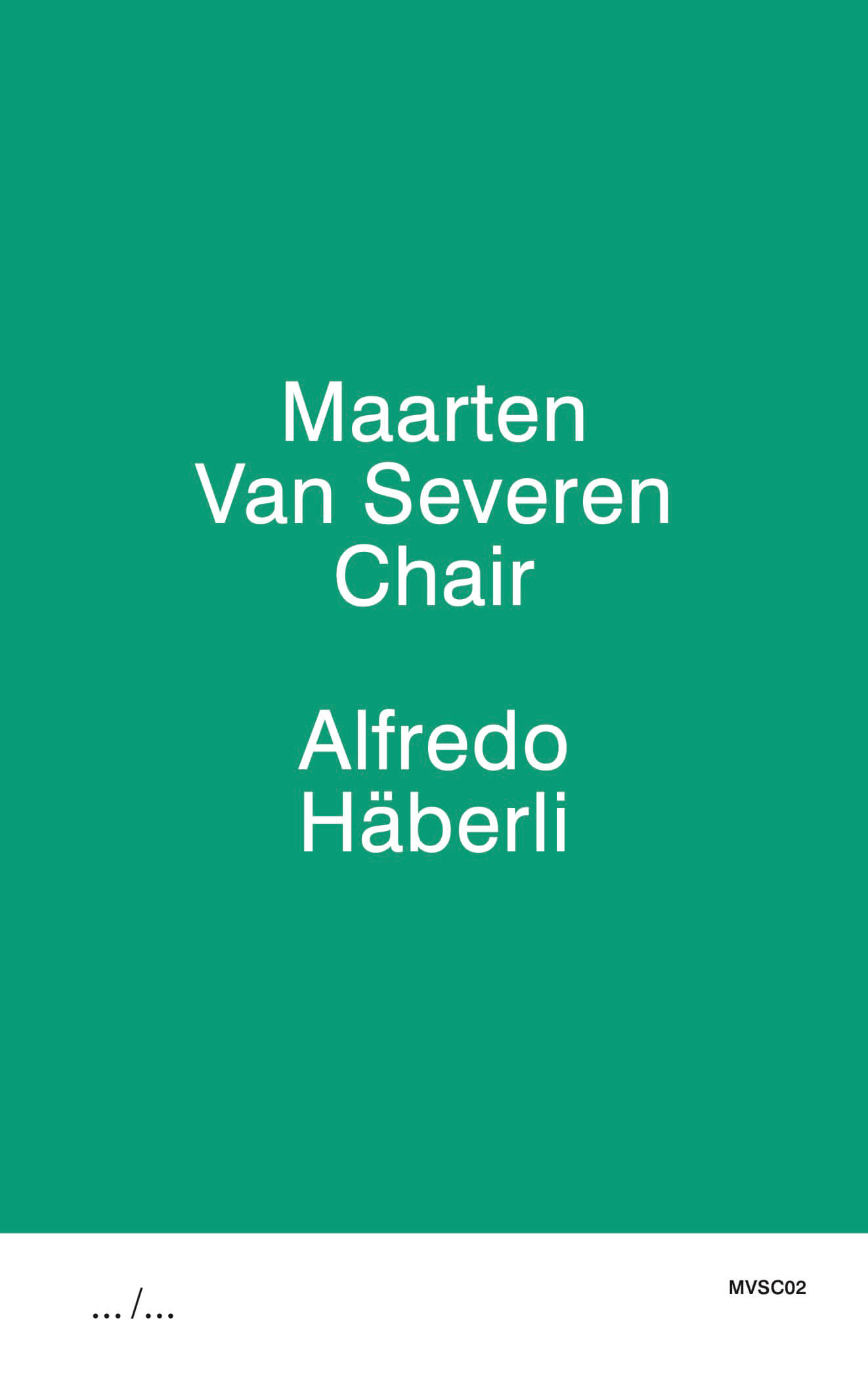








Alfredo Häberli











Aldo Bakker

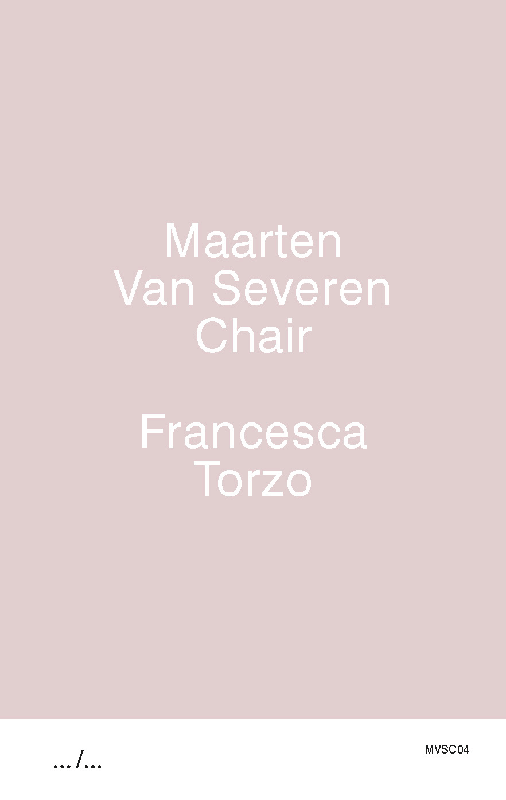







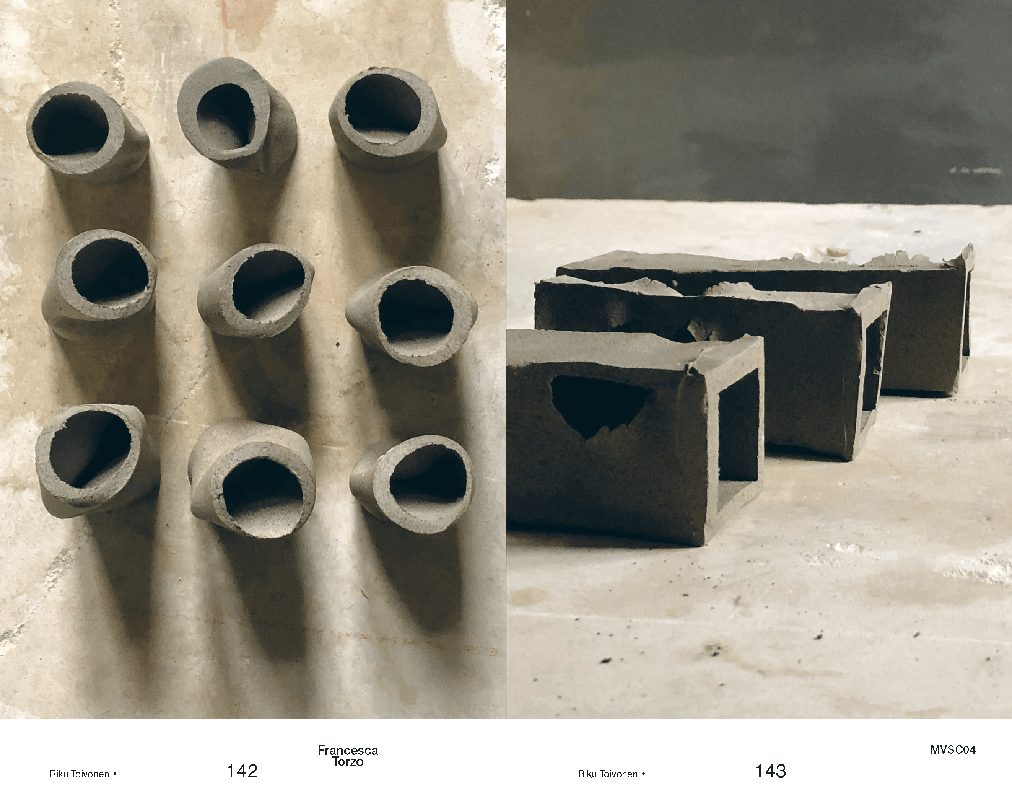


Francesca Torzo
& Erwan
Bouroullec
The French brothers Ronan and Erwan Bouroullec were the first to hold the Maarten Van Severen Chair. Erwan Bouroullec gave two lectures: one about the Bouroullecs own work and one – in a more intimate setting and for a smaller group of participants – in which he took a closer look at some aspects of the Bouroullecs’ work and how the work is related to Maarten Van Severen’s design. This second lecture was also the start of a three-day masterclass for a group of student from Aalto University, Universität der Künste Berlin, ENSAV – La Cambre, KASK / School of Arts Gent and Design Academy Eindhoven. The students continued the work on the projects that were initiated during the workshop the whole year long. You can see the progress of their work throughout that year on the blog.
The Bouroullecs designs have been described as representing poetic practicality. “We don’t want to make only functional pieces,” Erwan Bouroullec noted. The brothers work in Paris for clients including Cappellini, Ligne Roset, Habitat, Domeau & Peres, Authentics, EandW, Magis, Vitra and Gallery Kreo. They received the grand prix du jury international at the Paris Furniture Fair in 1998. They designed the interior for Issey Miyake’s APOC shop in Paris. In 2011, the Centre Pompidou-Metz hosted a major retrospective on the Bouroullec brothers. www.bouroullec.com
The process and the results of this beautiful first edition of MVSC were presented at the Biennale Interieur 2016 in Kortrijk, Belgium.
■ ENSAV La Cambre, Brussel
● Ophelie Gerard
● Fruzsina Pintér
● Jenka van Hoecke
● Joanna Reuse
● Magalie Delbeke
● Simon Malotaux
● Philipp Weber
● Guglielmo Poletti

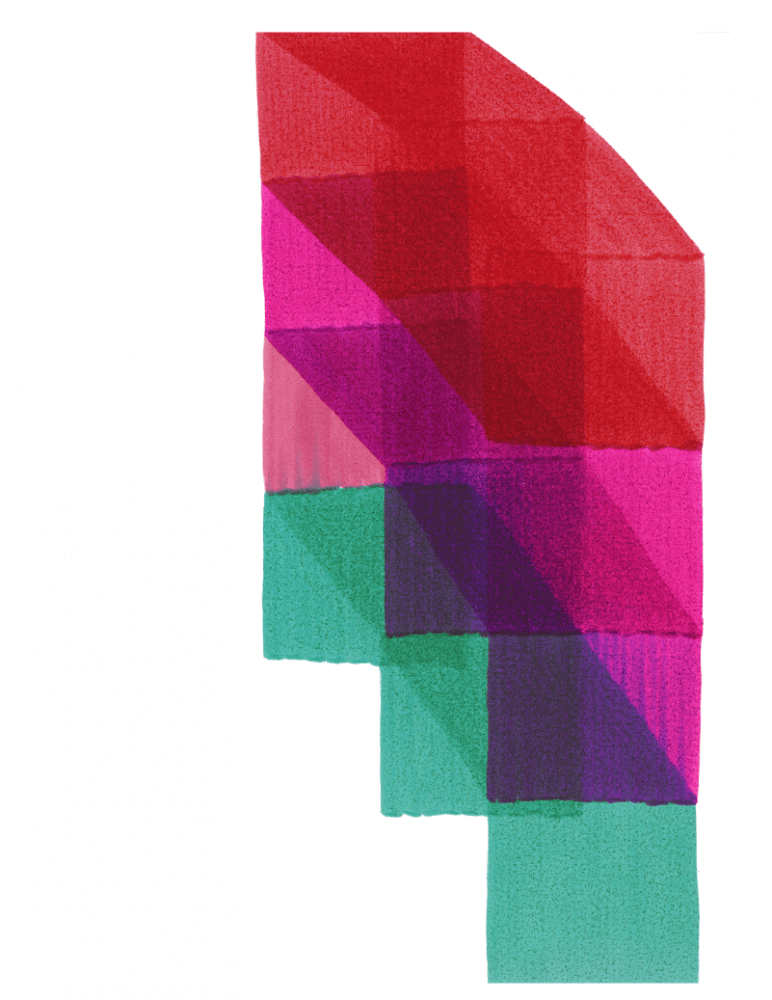

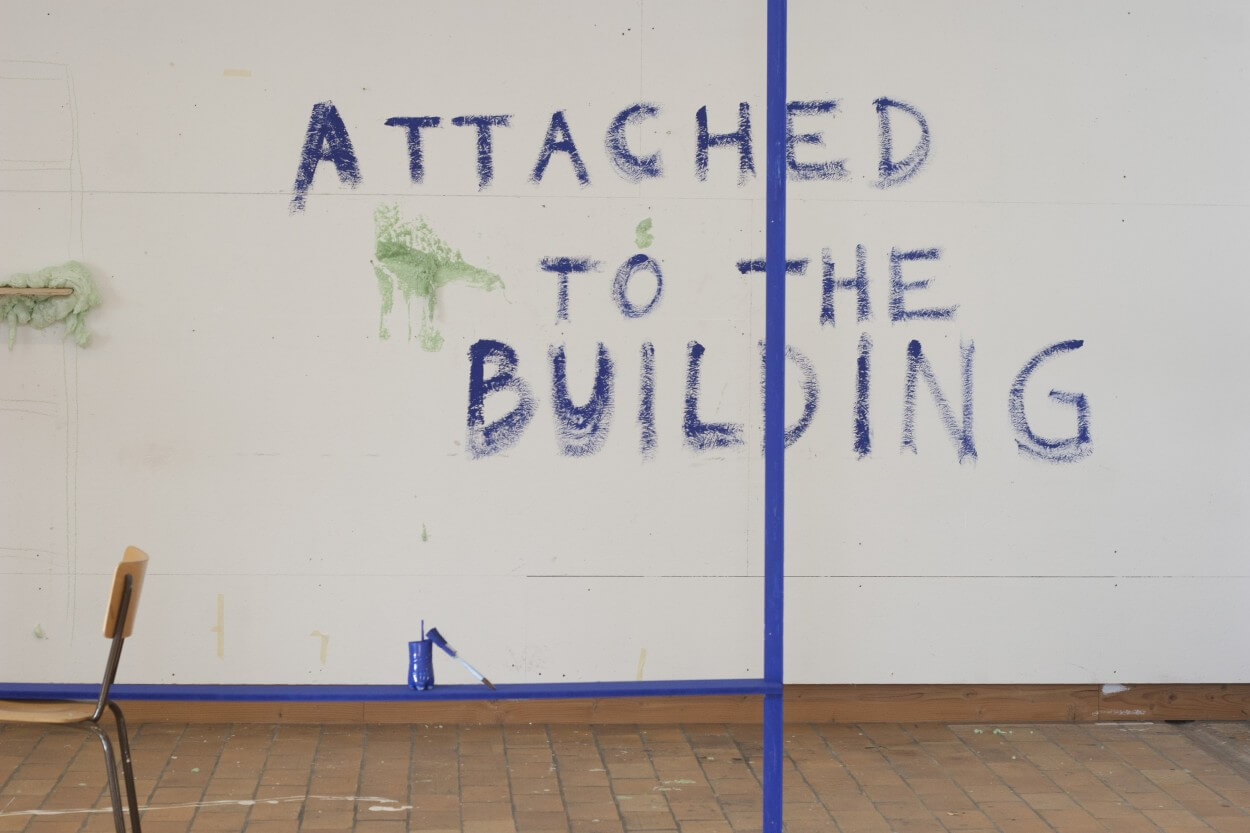


















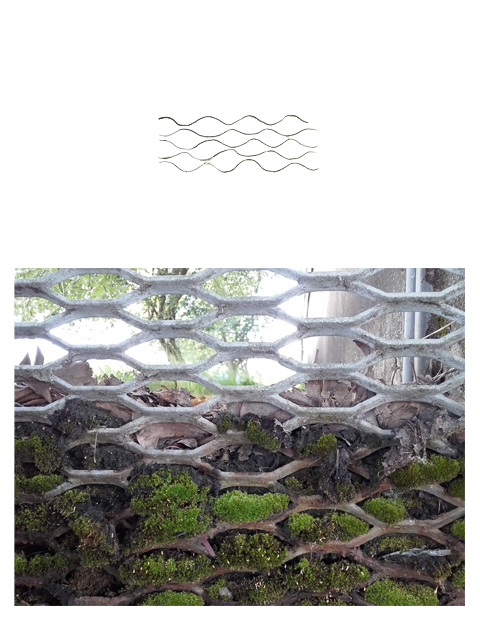



installation view, aluminium trust, mac mini, screen, cables, video of scientific strength tests of aluminium alloys
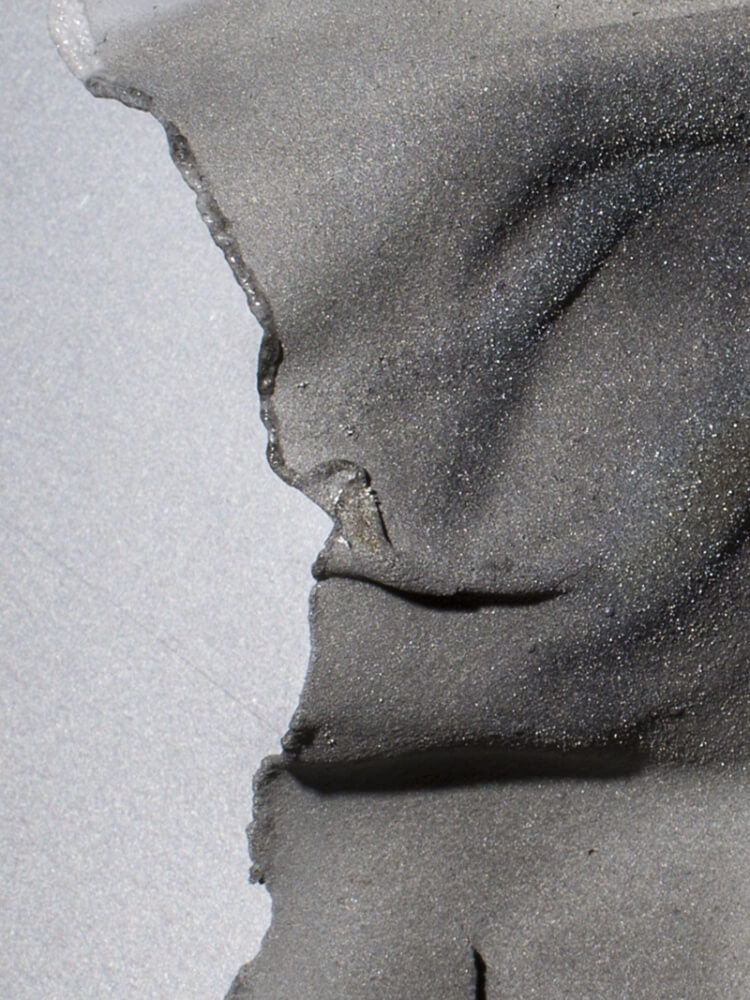


electrical conductivity test
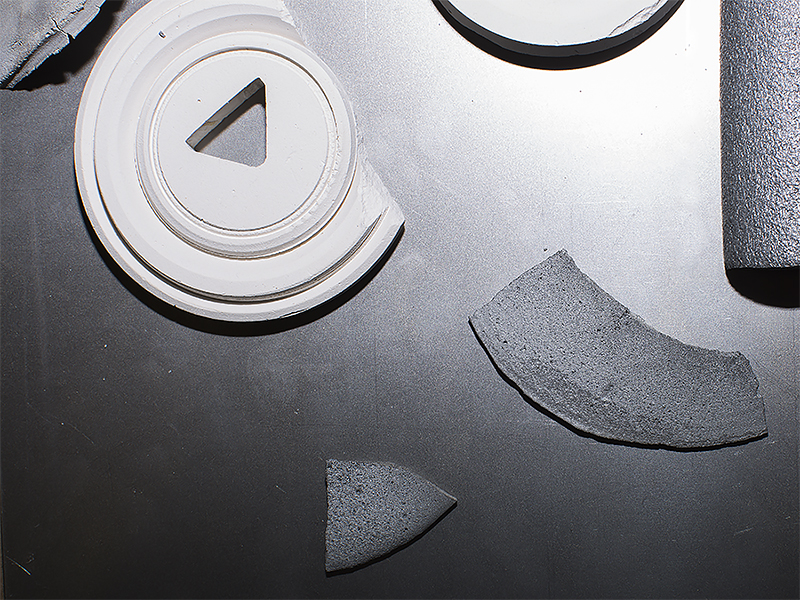
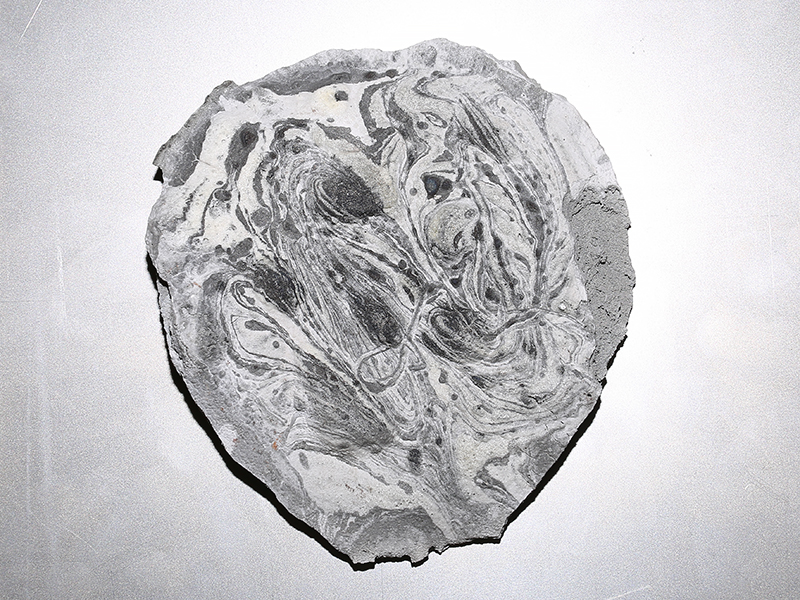
melted aluminium, salt, glass and silicate minerals composite


Left: fired aluminium, silicate, salt and glass composite
Right: oxidized aluminium



a play between material movement and colour
a search for unity and life
a meeting between things and people














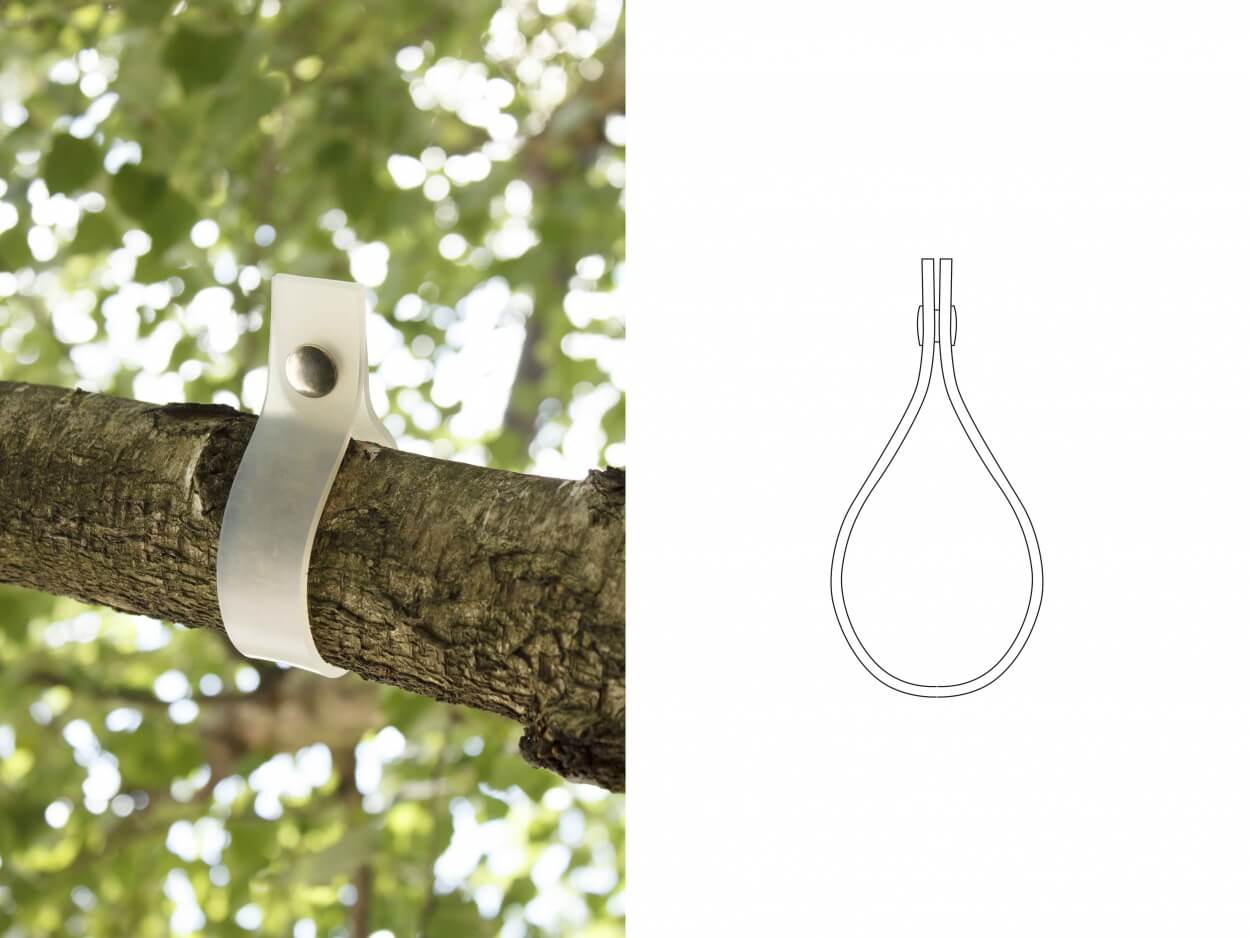

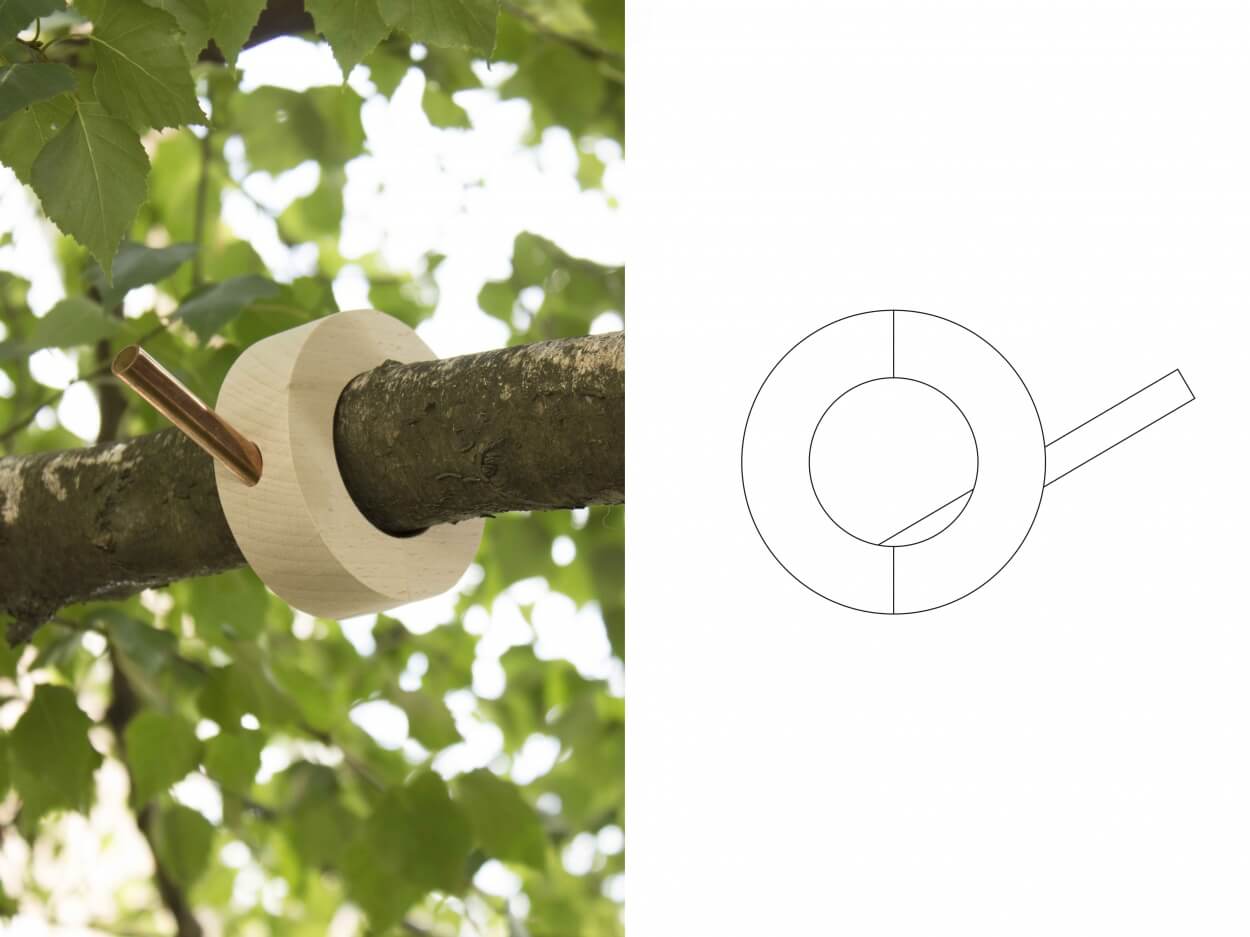



KNITTING SPACE – Wild big scale
Imagine on the ceiling a hanging grid where makers are knitting on the needle beds, passing yarn and wounding up bobbins. Only with the basics and just a single yarn knitted rooms slowly grow out and fill the space.







Outcome #14-15
The first outcome – not a work of mine – is a picture I took of a floor-to-ceiling connection casually assembled by some other master students at the Design Academy Eindhoven. Using this visual reference of a connection based on identical, very ordered stacked modules, and imagining the same principle applied to a smaller scale, I realized a sitting element made out of several layers. To reinforce the most fragile part of the black mdf structure, I picked and piled some scrap materials able to perform the function needed, simultaneously introducing a little perturbation, a contrasting freedom in the whole composition.
Outcome #14-15 – Ingredients
Design Academy Eindhoven (master space)
Beer plastic boxes
Floor
Ceiling
Black Mdf
Bricks
Scrap wood
Kitchen sponge




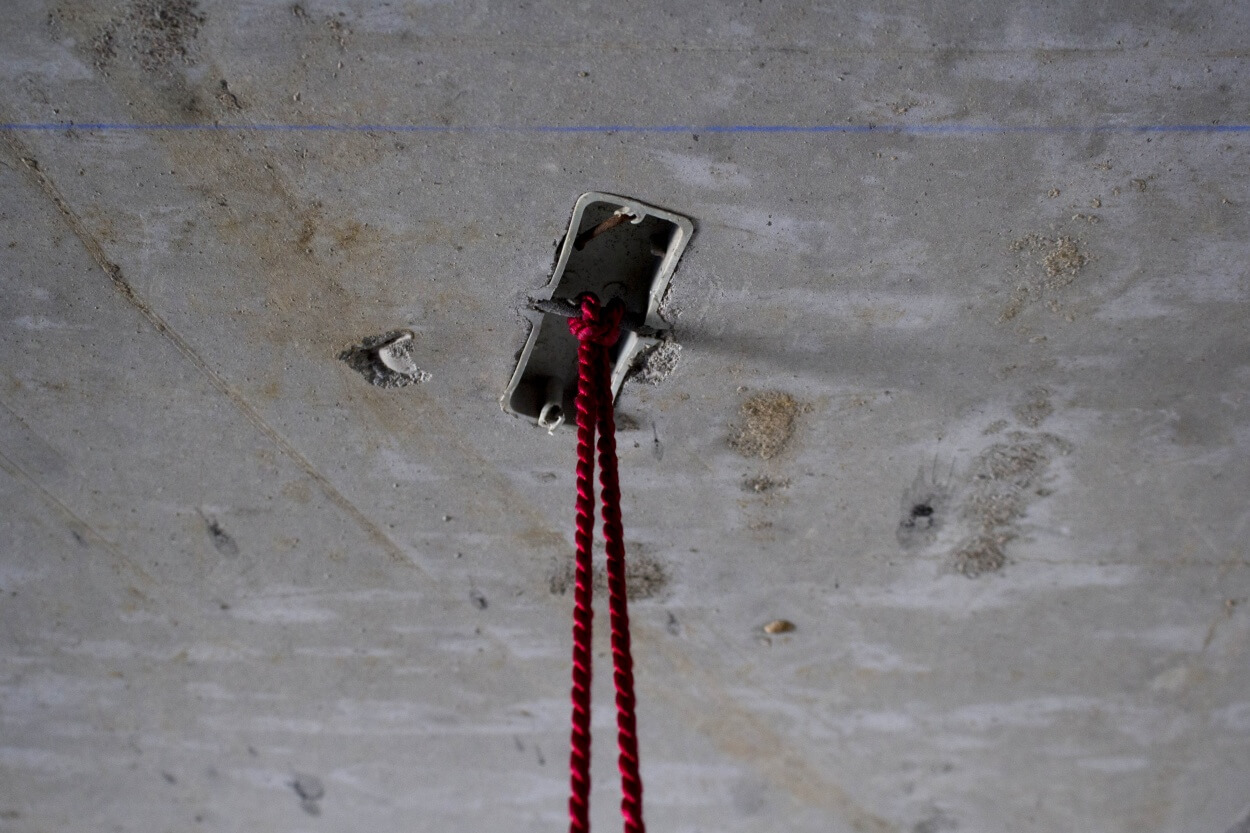





Outcome #12-13
I kept working in another ex-Philips factory, where I just booked a new studio apartment. Although the whole space has now been converted into a residential building, some of its components I previously referred to by naming them ‘functional ornaments’ have been left untouched, thus becoming part of the living space. I focused on this environments’ integration by using the ceiling and its once functional marks as a playground, appropriating them via different playful uses.
Outcome #12-13 – Ingredients
Ex-Philips factory
Various industrial components and structures
Ceiling
Pen
Coat hook
Steel cable
Rope
Chopstick
0.3 mm steel profile
Brooch

Windows in architecture

Folds on paper

To cross-produced by Jarilux

Industrial prototype cutting-produced by Jarilux



Handmade final prototype


Deployment after cutting

Layers

Prototype out of the loom




















Based on the form langue of my previous experiments i made a 4-layered screen print on fabric to give a final layer for the primitive underlaying structure.

The buildup of this chair is almost anatomic for me.

Merging together the influence of Michael Wolf’s Sitting in China, my research in basic sitting structures and ‘double chairs’ i constructed another ‘sitting surface’ made out of found materials consciously ‘thrown together’.











Outcome #9-10 -11
In this series of pictures of the open spaces of the Witte Dame – ex-Philips factory now hosting the Design Academy in Eindhoven – I focused on various components attached to the building, characterized by structural properties in relation to construction, support or reinforcement. I am fascinated by the way such elements interact with this typology of industrial environment, whose design, answering to merely practical needs, goes beyond arbitrary aesthetics. Due to this ‘charm of directness’, these functional ornaments become visually appealing, naturally integrated, rather than representing visual perturbations.
Outcome #9-10-11 – Ingredients
Witte Dame building
Wooden blocks
Tape
Glass room divider
Telescopic adjustable steel column
Steel supporting structures

‘Packing in a chair’ stayed in a back of my head when i chose the finishing layer of this experiment. I applied a big, soft and strong bubble wrap often used for protection of fragile goods. The cushioning made me think of the already quoted traditional ways of making furniture. The end result makes the user doubt if he/she can sit on it at one hand comfortable, and at the other hand without damaging the seating. If it happens, i see it more as a trace of the user, than a destruction. I found the layered effect of the seating definitely attractive.



I continued my investigation of underlaying structures of a chair using a sailor’s rope. It attracted me aesthetically as well and i was convinced of it’s strenght. I could relate it to a traditional way of weaving the basis of chairs. My aim of questioning trustability by the first sight played a big role as well.
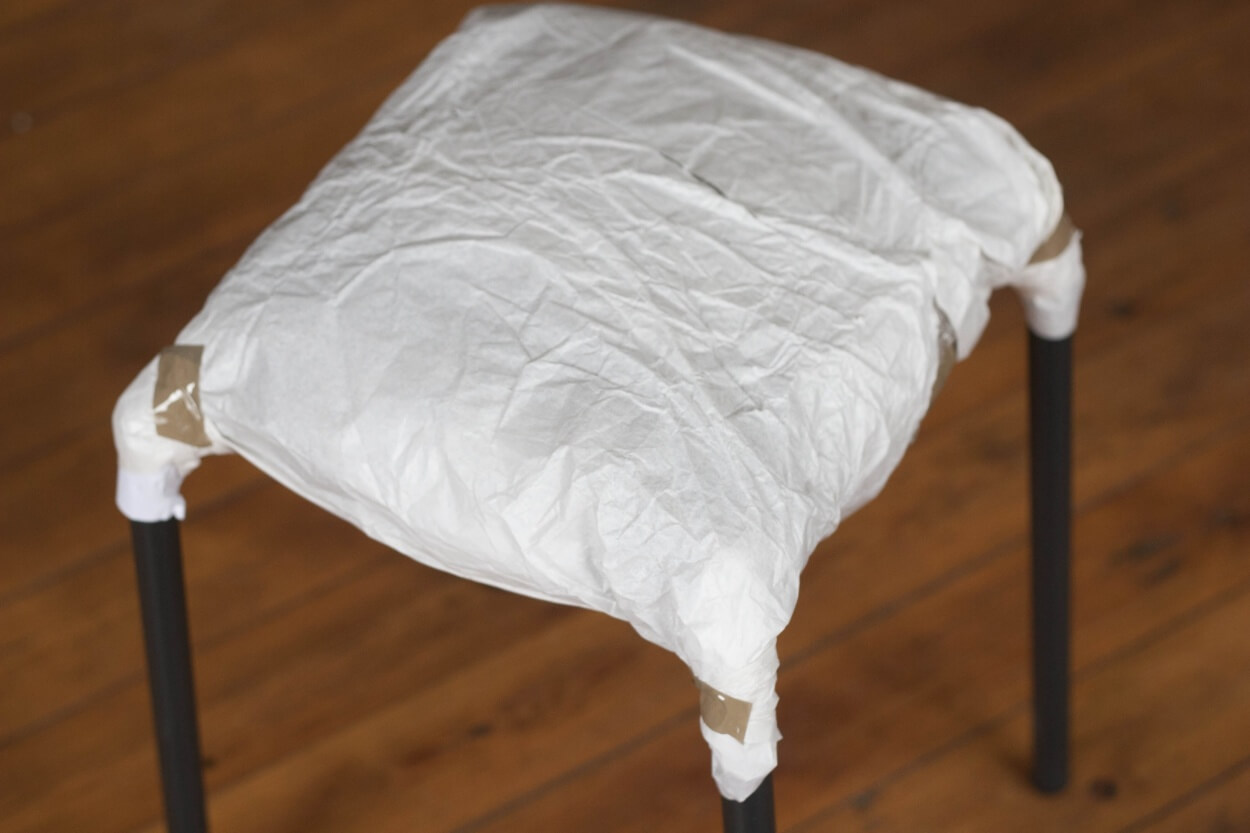
After all, through the fragility of it’s temporary finishing layer one can trace who sat on it last. There is a very intimate relief of the person who is already gone…

Though, it’s a work in progress, i covered it with a finishing layer of a very fragile and absorbent paper, showing it’s obvious state of being under construction. At this point, my flatmate asked me: ‘Why do you pack in that chair?’ His question inspired me on…
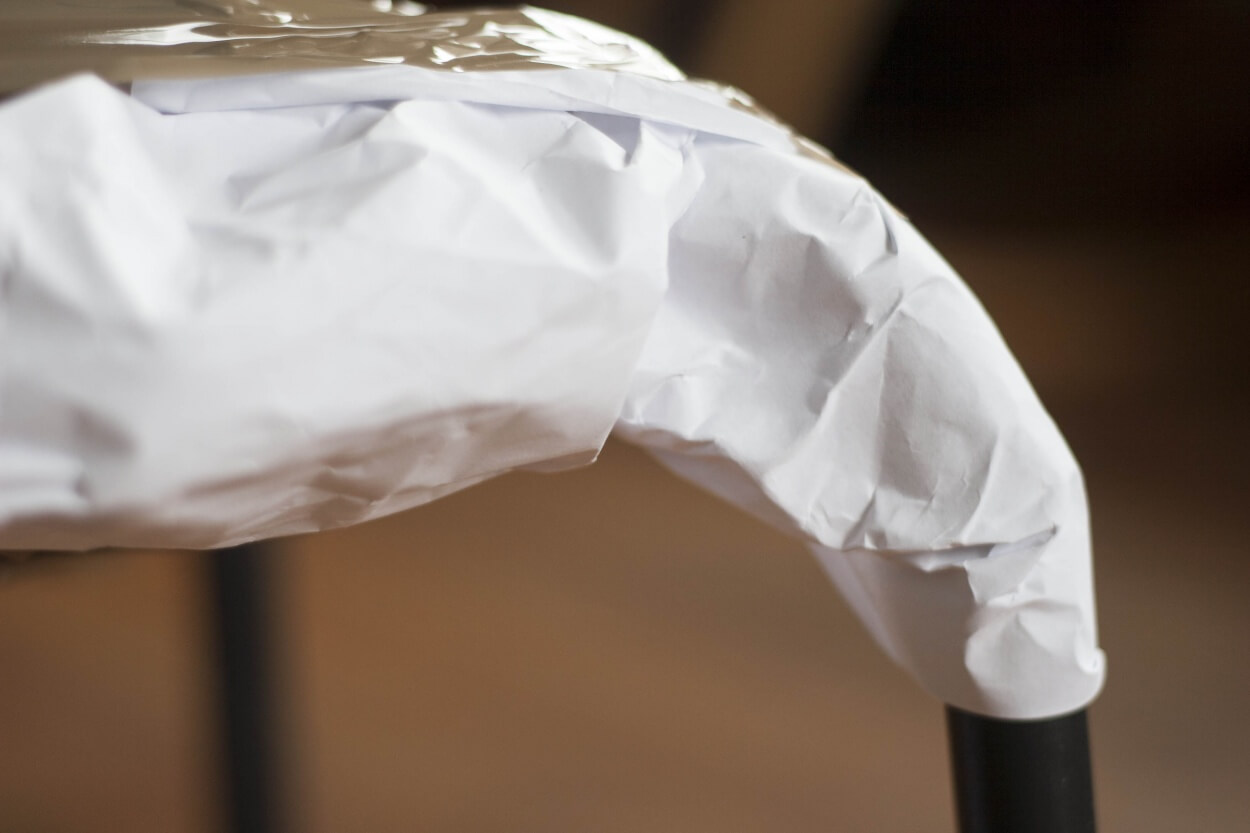

Layer by layer- next to comfort i placed images of fragile but trustable structures in the construction. These get covered by the next layer, but carry the ‘story’ of the process and the base of trustability too.

I departed from my idea of based on already existing structures is create a chair with questionable comfort. I used tape, and paper from the sketches of my graphic work to build up a chair you don’t trust for the first sight, but after sitting on it you are convinced…The first layer was a drawing of a well-created victorian chair.





Is there comfort in symmetry?



Applying the principles we learned on the workshop i ended up with a series of posters. These experiments i merged together in a moving image. This shows the wilderness of my process, the insecurity of exploring and combines digital and analogue elements.

https://www.youtube.com/watch?v=OFO9ApqsMX4

Building up the modular system of KNITTING SPACE

KNITTING SPACE @ TUMULTINGENT#4
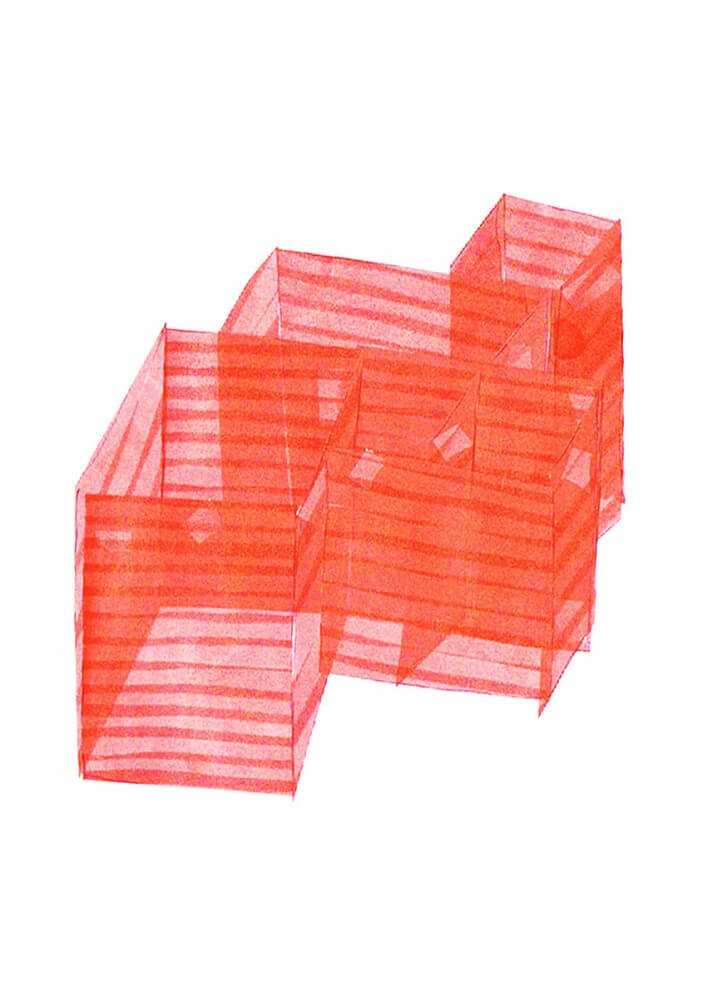
KNITTING SPACE @ TUMULTINGENT#4

KNITTING SPACE @ TUMULTINGENT#4

KNITTING SPACE @ TUMULTINGENT#4

KNITTING SPACE @ TUMULTINGENT#4

KNITTING SPACE @ TUMULTINGENT#4








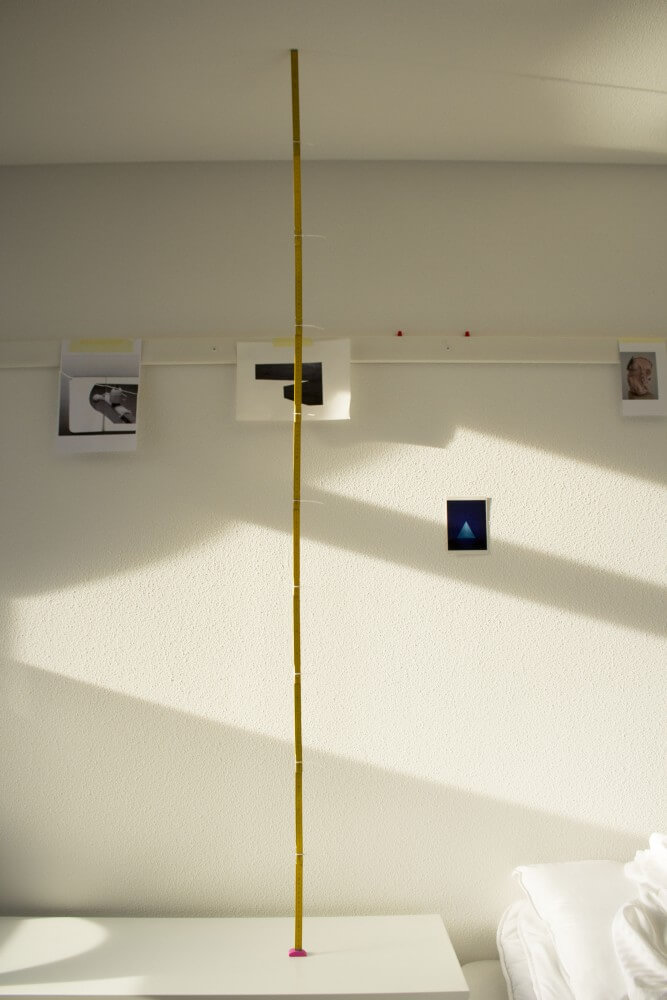
Outcome #6-7-8 – Ingredients
Pens
Pencils
Rubbers
Wooden measuring meter
Plastic tie-wraps
Camera tripod
Vacuum cleaner tube
Floor mop





Outcome #6-7-8
I am continuing my investigation of unusual ways to connect floor and ceiling in the space, always based on ready-made materials and objects, easily found at my disposal. I am following this fascination for the idea of going higher and higher, building my own series of ‘Babels’ in different ways. The first connection is created by stacking pens and pencils, single elements turned into modules; the second one consists of a wooden meter, an element that can be extended through a different gesture, that of unfolding; the third connection is made out of three structures, each of which is characterized by a different telescopic mechanism.
Outcome #6-7-8 – Ingredients
Pens
Pencils
Rubbers
Wooden measuring meter
Plastic tie-wraps
Camera tripod
Vacuum cleaner tube
Floor mop



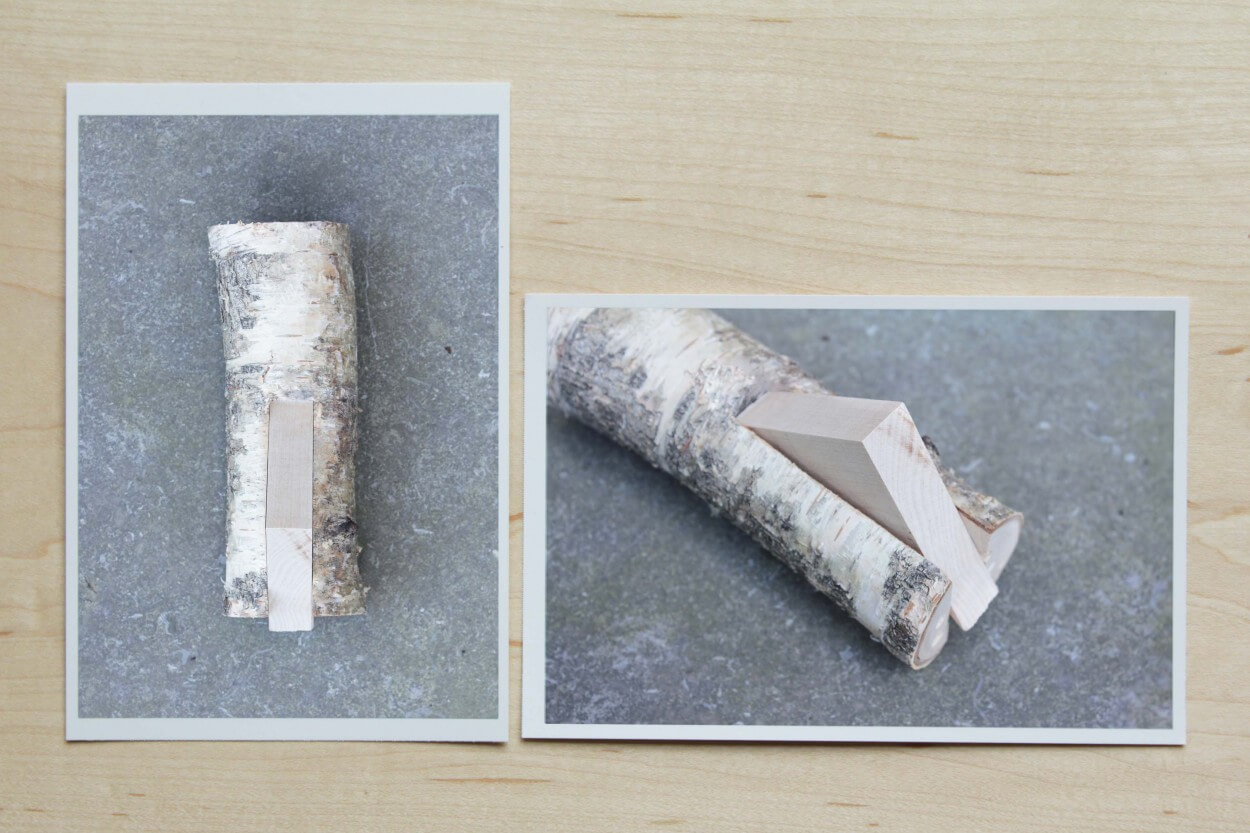

Your day is made of repetitive actions. Wake up, take a shower, drink a coffee, walk to your work place, work work work, come back home, a little bit of cleaning after cooking and soon is time to go to bed. My aim is to look on all those daily actions we do automatically and we don’t notice anymore. By exaggerating the routine, my role as a designer is to create new unexpected situations that makes us question the extra of ordinary. What is the behind the scene of your routine? Let’s sublime the making of the everyday.

Metal composite cold cast bar polished sample (aluminium powder and mineral solutions unsintered)

Metal composite cold cast polished sample (aluminium powder and mineral solutions unsintered)

Metal composite partially sintered cast panel sample (aluminium powder and mineral solutions under various stress temperature shocks)

Textures samples of metal composite layers (aluminium powder and mineral solutions unsintered)

First row of yarn on the machine
@ TUMULTINGENT#4

Knitting machine + waste yarn
@ TUMULTINGENT#4

Possible shape expansions to build a KNITTING SPACE
@ TUMULTINGENT#4

Shaped construction: modules + poles
@ TUMULTINGENT#4

Yarn feeder + modules + legs + needles + waste yarn + maker
@ TUMULTINGENT#4





A pictorial process of marking of folds in a surface is at the origin the functional weaved textiles: a textile surface by definition mobile, intended for the housing environment, which builds, limit, shapes and/or dresses the space.
It’s a physical and symbolic plan, a windows in the architecture, its vocation is to be crossed, virtually or physically according to the implemented textiles.
Walkings rhythms
Walking is a repetitive element of our everyday life. Beyond the functional action of going from A to B, the movement itself gives the feeling of time and implies a sensitive relation between the body and its surrounding. How design can trigger sensations and emotions for a daily unknown act of walking?







Outcome #5
In order to investigate possible uses of a vertical element connecting floor and ceiling in a space, I am experimenting with a 1:10 scale model based on modular elements, to achieve a higher level of flexibility through a wider variety of configurations: rotating shelving, single vertical element with hanging wire, double vertical element with wire in tension, horizontal element. The screwing system allows the vertical element to safely keep its balance by increasing the tension, while the compressed soft material placed in between the structure and the floor/ceiling helps the whole system to stay in place by adding an extra grip.
Outcome #5 – Ingredients
– Mdf 12 mm thickness
– Matte black paint
– Wooden glue
– Steel paper clips modular elements
– Expanded polystyrene foam peanuts
– Foam board 3 mm thickness
– Aluminum 1 mm thickness
– Steel wire 0.3 mm thickness
– Yellow latex balloon
– Stocking rag

Collecting big waste yarns from a carpet factory.

Upgrading the stability of the modular knitting system.

Researching various connecting systems to improve the machine.




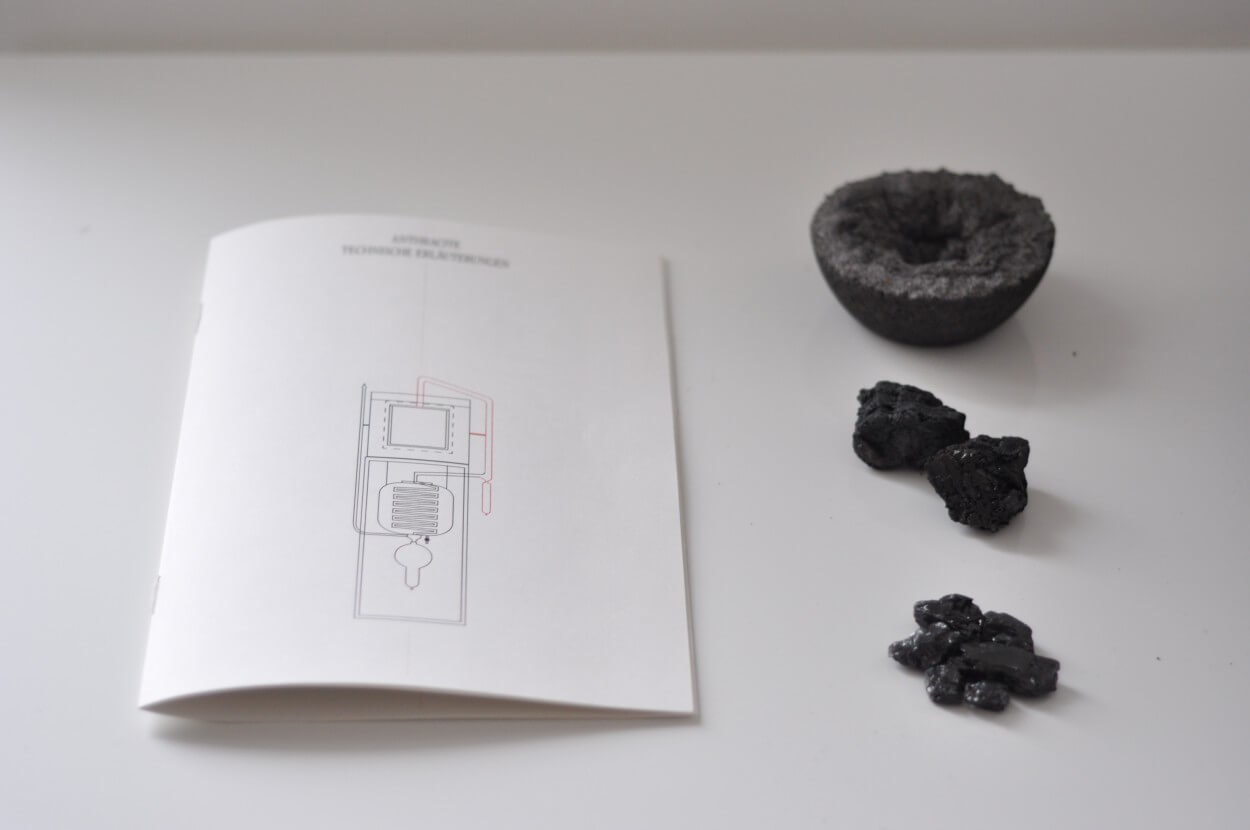



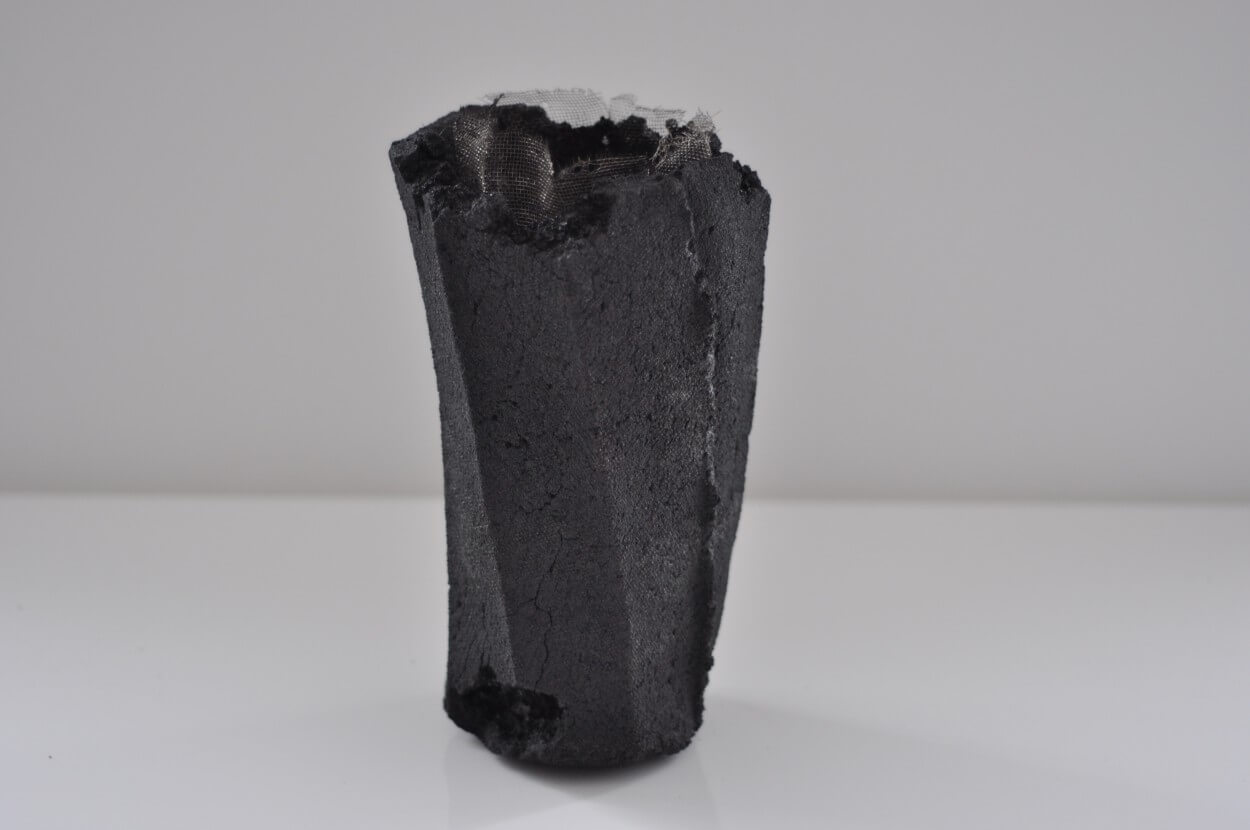

















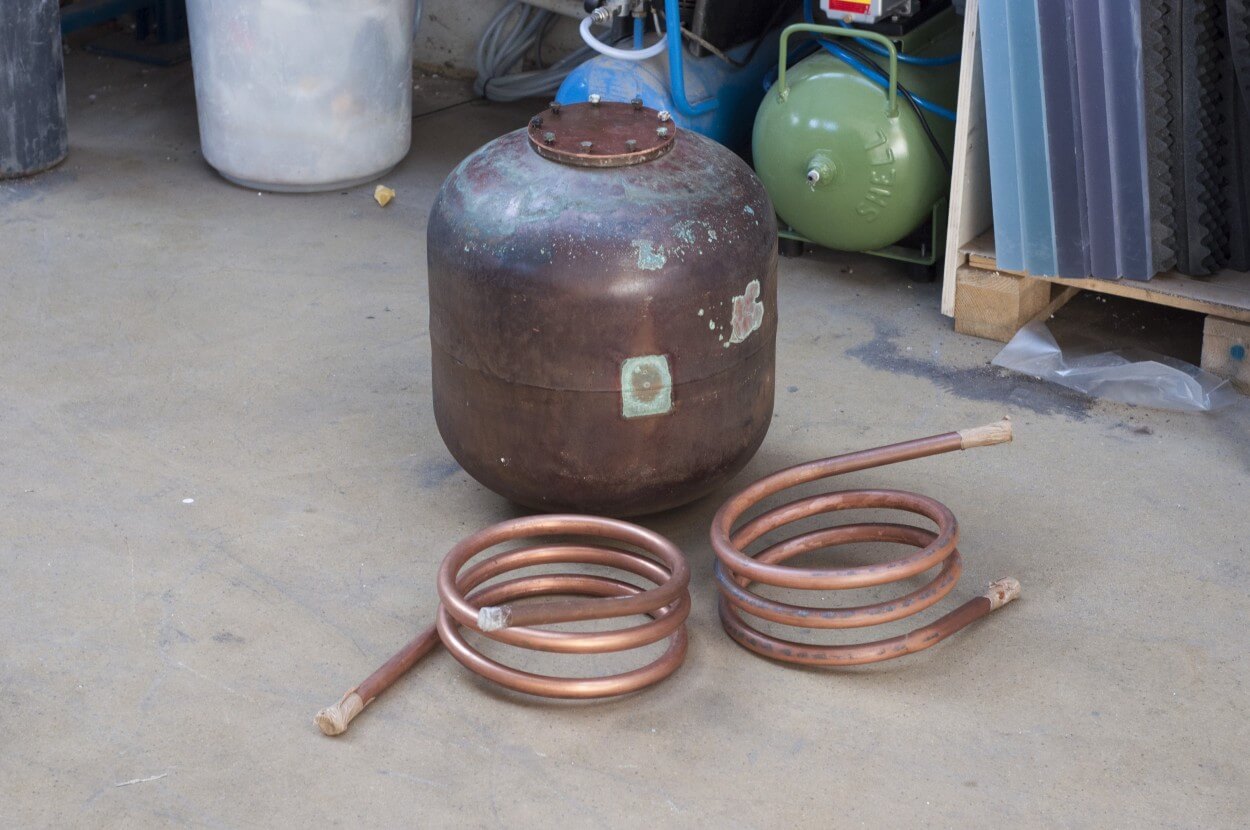



Laboratory on the ‘Automatic Vacuum Cleaner’
Question: How to make it more friendly, get empathy for it/him ?
Hypothesis :
– On the 1st 2nd 3rd -> To work on the graphic part, try different technological (look like) patterns. To be honest, it’s also a game to play with the laser cutter. try the possibilities.
– On the 4th : make a more common ‘design’ object, try to put it on an opened box* (work well, to think more on, no pictures yet…)
– On the 5th : to add beautiful family pictures on it, the owner can personalize it himself. /!\ mind that the object would be presented as an art piece in a exhibition, not as a real object in a house, this context change tightly the way of watching an object and then, the family pictures. How the family pictures look like in a white box, out of the house ?
– On the 6th, the first thing to do to be friend is maybe to know its name. The synthetic textile foam is also very nice to engrave. Good rendering I think so.

6. objet++ Steven
Ingredients :
– Ø 53cm
– Synthetic foam engraved
– a name ’STEVEN’
– a version ‘Turbo Mark III’
– Plexiglas ‘Transparent brown’
+ Orange plexi around

5. objet++ Famille
Ingredients :
– Ø 60cm
– Synthetic foam
– Wood
– Family pictures
– Plexiglas ‘transparent

4. Objet++ Orange
Ingredients :
– Ø 52cm
– Styrofoam
– plexiglas ‘Orange’
– White painted wood
– black inner tube

3. Objet++ Blue
Ingredients :
– Ø 50cm
– Styrofoam
– plexiglas ‘Blue’ Ø 32cm

2. Objet++ Dotted
Ingredients :
– Ø 50cm
– Styrofoam
– Mirror plexiglas, painted, dotted by engraving Ø 32cm

1. Objet++ Striped
Ingredients :
– Ø 50cm
– Styrofoam
– Oily painted plexiglas, striped by engraving Ø 32cm



A research on the different forms of a soft tube connected with an elastic knitted piece. The purpose is to make one big surface with different tubes that are connected to each other with knitted pieces and with the tubes themselves.
Ingredients: a soft tube + knitted piece


Engineers and designers using the art of metallurgy have traditionally focused on the development of some specific properties of metals, like their mechanical strength or their high electrical and thermal conductivity. But metals have other interesting peculiarities, they are very reactive to the environment, some can easily oxidate, rust or stress. The field of fine arts has made use of these properties for a long time when producing pigments out of metal oxides or etching metal in printmaking. For other industries, these qualities challenge the current parameters of efficiency, standardization or uniformity.
Inspired by natural forces like crystallization and sedimentation, chemical reactions found in construction materials like concrete and cement, or sintern in ceramics a new metallic material is yet to be formed. A mixture of metal particles, minerals and water react under specific ambient conditions to conform it. This is an attempt to make a material from scratch, an artistic medium, based upon non utilitarian production parameters and displaced techniques that speculate on the potentiality to find new features and attributes of matter by slightly changing the way it´s arranged and transformed.

Outcome #4 – Ingredients
– Wooden branches
– Dark brown paint
– Plastic tie wraps
– Metal cable
– Solid Plexiglass cylinder
– Chiao’s living room

Outcome #3 & Outcome #4
I am interested in the idea of getting to the minimum by using balance and tension. In order to explore how this might be defined, both formally and physically, I am focusing on experimenting with a single element that keeps its verticality thanks to the pressure created by the compression between floor and ceiling. I am now working on different configurations based on materials’ physical properties and formal qualities, to test the presence of such an object in the space and to investigate what possible uses it might lead to within a domestic environment.
Outcome #3 – Ingredients
-Transparent PVC pipes
– Polystyrene particles
– Packaging tape
– Cellophane
– Liquid black rubber + brush
– Cast silicon (joint connection)
– Witte Dame building

Outcome #2 – Attached to the Building
I imagined the whole building to be my ‘box’, making a link with Maarten Van Severen’s approach in interior architecture: reducing to the maximum in order to get to the essence through the use of architectural space. An aluminum T profile of 5 m length is fixed between the ceiling and the floor through tension. A second element, made out of mdf and perpendicularly interlocked by pressure with the metal, creates a horizontal surface that suggests possible – open – functionality.
Outcome #2 – Ingredients
– Floor
– Ceiling
– Extruded aluminum T profile
– Mdf profile
– Scrap cardboard
– Metal and plywood school chair
– Trimmed plastic bottle filled with Klein Blue water based paint
– Brush
– Painted words
– Wall

The experimenting with materials and the ideas and discussions the workshop roused convinced us that we wanted to create something that could be seen as a piece of furniture or as a sculpture. We also decided that this has to be done in big scale. Because of the materials and technics we are about to use this big piece of art still needs a little planning. Although still in drawing board we have already taken advantage of ideas and things we found interesting in smaller scale.

Two interesting aspects/discoveries;
Plants can absorb many things.
Plants can be easily deformed.
From this, a research for an object that can deform/conduct the plant to produce something; different simple parts of one object, a whole object,… Also, an interest in an assembly system created by the absorption power of plants (copper tube).
INGREDIENTS
– plants
– birch triplex
– copper tube
– textile tape
– metal clasp

Moving the limit
Organisation of the surface
INGREDIENTS
Textile waterproof coating
Mural painting
Medium (brush, roller)
1 – Prepare the surface in the format chosen by folding (design grid)
2 – unfold
3 – Paint 1/4 of the vertical surface (right edge)
4 – fold in half
5 – rotate 90 °
6 – repeat the action “ 3,4 & 5 “ until the last face 7 – Unfold

This technique adds an extra dimension to the knitwork so it expands in all directions. Therefore it has the potential to built readymade objects, interiors and architectural structures.

Thinking about design for me is pretty much related to trust. If a person chooses a product, he/she obviously trusts that it will serve his/her needs good.
Between expectations and trust there is some sort of tension. I used this tension literally through pulling a skeleton of a chair back together. Through this process a useless and untreatable structure regains its functionality. While taking a seat on a fragile-looking chair one feels a whole range of emotions between mistrust, fear and eventually joy of comfort and appreciation.
INGREDIENTS
– a broken wooden chair
– clamping strap
– sailors rope
– piece of fabric


The main initiator for our project was this a bit rusted metal mesh with about 40*40 mm squares. This fascinating rough but also see-through material made us think about outdoors and landscapes. That led us to explore the qualities of aluminium – its reflectivity, transparency and different shapes with various durabilities.
INGREDIENTS
– steel mesh
– offset printing plate
– mdf sheet
– offset printing plate pieces
– poultry netting
– stones and concrete
– bent offset printing plate
– ping-pong ball
– the scale of a man
– wire netting
– tongs
– offset printing plate pieces
– paper leaflet
– newspaper ball
– artificial turf

MANUAL
1: Make the outline of the surface with the width of the brush.
2: Fold in two equal parts
Repeat the first step
Repeat the second step
Again and again until the line thickness covers the surface (plain)
3: Unfold
you get a delimited fabric surface.
INGREDIENTS
Buy fabrics meters
Mural paint : 4 colors > 2 pure stains and 2 half stains
A Brush corresponding to the size of the canvas

The project refers to fire as a “converter”, converting a certain material into another. The aim of the project is to express this primal role of fire in a new context.
INGREDIENTS
– Coal
– Fire
– self-made Oven
– Molds

Outcome #1 – The Lithography Stones Cabinet
How can form and materials inform Minimalism through a simple gesture charged with meaning? This object can be compared to a minimalist work in relation to its shape, while the colors and the materials deviate from Minimalism’s typical canons, creating a strong contrast. In order to reflect on the role such aspects play in the definition of a minimalist work, I appropriated the cabinet by covering with blue tape a portion of it, introducing a bit of Donald Judd into the soul of this vintage item.
Outcome #1 – Ingredients
-Lithography stones storage wooden cabinet
-Translucent electric blue tape

The idea of this project is to develop an object using a whole plant. ‘Restrictions’ on growth will shape the plant and later a cutting process will maintain its final shape. The plant grows and creates by itself the whole object, if it needs one assembling, the plant does it, if it needs to include one related object/structure, the plant does it, does it by growing. Growing with the time, the weather, the earth.
INGREDIENTS
– plants
– pruning/cutting tools;
– ‘restricting’ tools;
– wire (copper, iron, electric…)
OTHER
– time
– weather (sun, rain, wind…)
– earth

With an robot moving randomly, I explore how an object can modify a space up to have an impact on the viewer. This project takes part of a more general one that questioning the empathy that we can develop for an object.
INGREDIENTS
– something big and light
– motor
– wheels
– gears

I wanted to built op the rope and the tube with the fabric and rope in different ways and see what the most useful and effective was. The final form was important for me.
INGREDIENTS
– fabric
– rope
– flexible tube PVC

No screw, no glue. Shelf stuck to the wall with PU-foam. Firm structure.
INGREDIENTS
– wood
– Pu-foam
– drill, saw

A research on the industrial technique of readymade three dimensional knitwork. By creating a modular knitting system we are building complex knitting constructions on an endless scale.
INGREDIENTS
– technique = 3D knitting
– materials = wood / pvc tubes / yarn

De eerste editie van de Leerstoel Maarten Van Severen, in samenwerking met KASK / School of Arts Gent, Archipel en Design museum Gent, was een succes. De Franse ontwerper Erwan Bouroullec gaf twee lezingen – één voor groot publiek over eigen werk en één in het intiemere auditorium Cirque van KASK, waarin hij de link legde met het werk van Maarten Van Severen. Voor veertien studenten, waaronder acht externe (van ENSAV / La Cambre, Design Academy Eindhoven, Aalto University en University of the Arts Berlin) gaf hij aansluitend een driedaagse masterclass rond het thema Into the wild.

